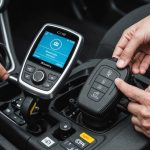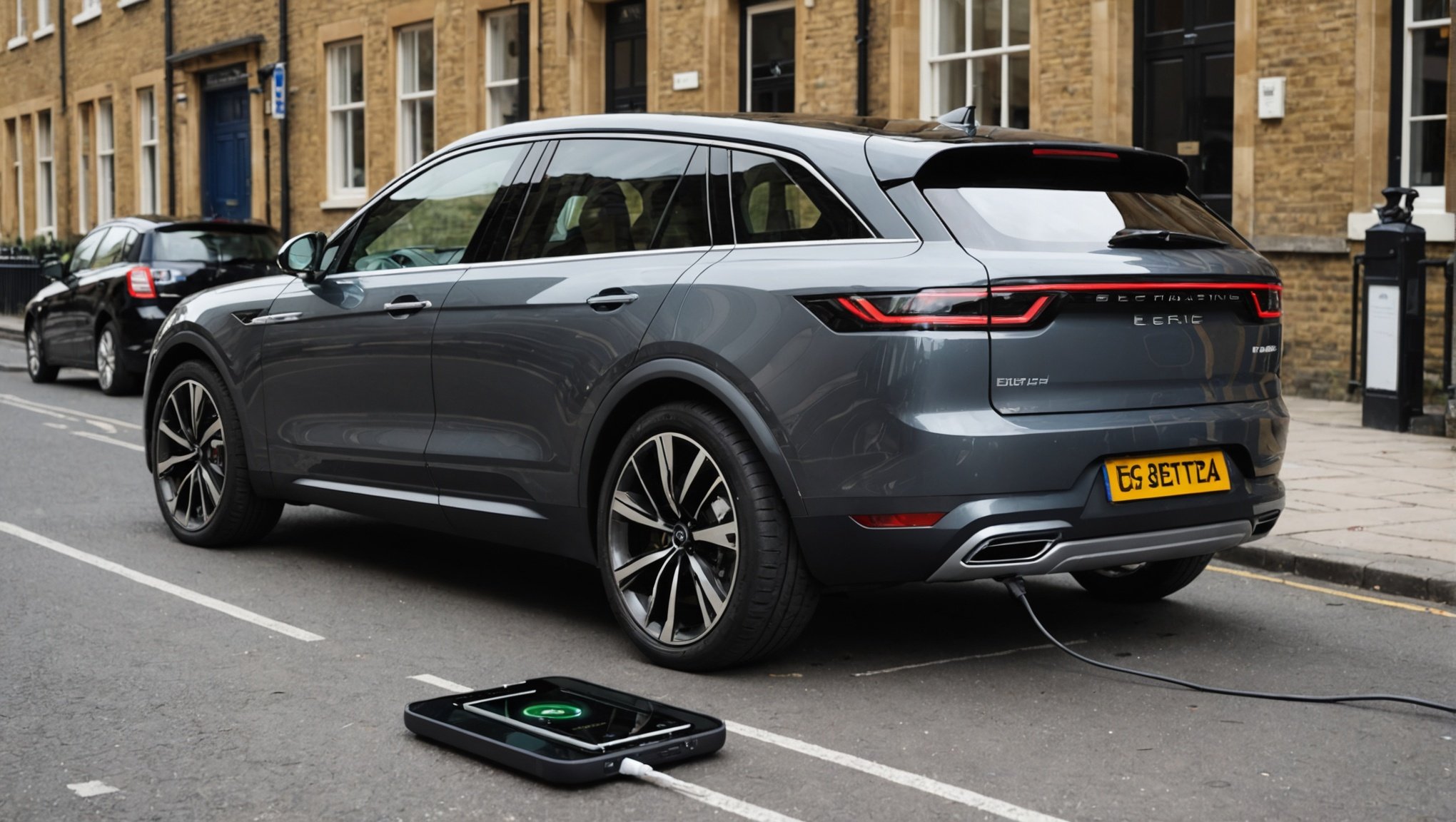Ensuring your electric car is equipped with the latest technology can significantly enhance your driving experience. One such innovation is the wireless charging pad. This device eliminates the hassle of cables, providing a convenient way to charge your smartphones and other compatible devices. In this article, we guide you through the process of installing a wireless charging pad in your British electric car, offering detailed steps and useful tips for a seamless experience.
Understanding Wireless Charging Pads
Before diving into the installation process, it’s essential to comprehend how wireless charging pads function and why they are a valuable addition to your electric car. Wireless charging, also known as inductive charging, uses electromagnetic fields to transfer energy between two objects. Typically, a charging pad generates an electromagnetic field which your device absorbs through a compatible receiver.
Also to see : What are the steps to properly align the wheels on a British off-road vehicle for better traction?
The benefits of having a wireless charging pad in your electric car are numerous. It not only enhances convenience but also promotes safer driving by reducing the need for cables that can become tangled and distract you. Additionally, it ensures your devices remain powered throughout your journey.
When selecting a wireless charging pad, ensure it is compatible with your car’s make and model. Look for pads that adhere to the Qi standard, a widely recognized wireless charging technology. This guarantees optimal performance and safety for your devices.
Also read : How to configure the dual-zone climate control in a British luxury sedan for maximum comfort?
For those driving in the UK, it is worth noting that many British electric cars, such as the Jaguar I-PACE and the MINI Electric, are compatible with aftermarket wireless charging pads. With this foundation, you are now ready to proceed with the installation.
Preparing for Installation
Successful installation begins with thorough preparation. You’ll need to gather the appropriate tools and materials, including the wireless charging pad, a voltage tester, a screwdriver set, double-sided tape, and, if necessary, a plastic trim removal tool.
Before starting, ensure your car is turned off and parked safely. Disconnecting the vehicle’s battery is a good precautionary measure to prevent any electrical accidents. It’s advisable to consult your car’s manual to understand the layout and specific areas where the charging pad can be installed.
Identify the ideal location for your wireless charging pad. Typically, the center console or dashboard is a suitable spot. These areas offer easy access and a flat surface to secure the pad. Ensure that the chosen location does not obstruct any controls or vents.
Measure the dimensions of the charging pad and compare them with the available space in your chosen location. This step is crucial to avoid installation issues later. If the charging pad is too large, consider alternative options or consult a professional to find a custom solution.
Step-by-Step Installation Guide
With your materials and location prepped, it’s time to install the wireless charging pad. Follow these steps for a streamlined process:
- Remove the Trim: Use the plastic trim removal tool to carefully remove the trim pieces around your chosen installation area. This will give you access to the internal components and wiring.
- Position the Charging Pad: Place the wireless charging pad in the desired location and mark the exact points where it will sit. This ensures precise placement when you secure it permanently.
- Secure the Pad: Use double-sided tape to attach the charging pad securely. Ensure it is level and firmly in place to prevent movement while driving.
- Connect the Wiring: Locate the power source for the charging pad. This will typically be a 12V power outlet or a fuse box connection. Use the voltage tester to confirm the correct wires. Connect the charging pad’s wires to the power source, ensuring proper insulation to prevent short circuits.
- Reassemble the Trim: Carefully reattach the trim pieces, ensuring they fit snugly and do not interfere with the charging pad. Double-check all connections and placements to ensure everything is secure.
Once the installation is complete, test the wireless charging pad by placing a compatible device on it and checking for a charging indicator. Make any necessary adjustments to ensure optimal performance.
Testing and Troubleshooting
After installation, the next step is to thoroughly test the wireless charging pad to ensure it functions correctly. Place your smartphone or another compatible device on the pad and observe if it begins to charge. If it does, you’ve successfully installed the pad. However, if it doesn’t, some troubleshooting may be required.
First, check the power connection to ensure all wires are properly connected and insulated. A loose connection is a common reason for the pad not functioning. Next, verify that the device you are charging is compatible with the wireless charging pad. Ensure it supports Qi charging technology.
If the pad still does not work, inspect the placement of the pad itself. It must be level and secure. An improperly positioned pad can result in poor contact with the device, preventing efficient charging.
Additionally, check for interference from metal objects or other electronic devices. These can disrupt the electromagnetic field required for wireless charging. If issues persist, consult the wireless charging pad’s user manual or seek assistance from a professional installer.
Regular maintenance of the charging pad is vital for its longevity. Keep the pad clean and free of dust or debris, which can interfere with charging. Periodically check the connections to ensure they remain secure.
Benefits of a Wireless Charging Pad in Your Car
Installing a wireless charging pad in your British electric car comes with numerous benefits that enhance your overall driving experience. Firstly, it offers unparalleled convenience by eliminating the need for charging cables. This means no more hassle of plugging and unplugging your devices, allowing you to focus on driving.
Moreover, a wireless charging pad promotes safety. It reduces clutter in your car, minimizing distractions and potential hazards caused by tangled cables. This is especially important for electric car drivers, who often rely on their smartphones for navigation and communication.
Another significant advantage is the aesthetics. A wireless charging pad integrates seamlessly into your car’s interior, providing a sleek and modern appearance. It complements the advanced technology of electric vehicles, enhancing the overall look and feel of your car.
From an environmental perspective, wireless charging pads contribute to sustainability. By reducing the need for multiple cables and chargers, you lower electronic waste. This aligns with the eco-friendly principles of electric vehicles, supporting a greener future.
Lastly, wireless charging pads are versatile. They are compatible with a wide range of devices, including smartphones, tablets, and smartwatches. This ensures that all your essential gadgets remain powered during your journeys.
Installing a wireless charging pad in your British electric car is a straightforward process that offers substantial benefits. By following the steps outlined in this guide, you can enhance your driving experience, promote safety, and contribute to a cleaner environment. With the convenience and efficiency of wireless charging, you can keep your devices powered without the hassle of cables, ensuring you stay connected on the go. Embrace this modern technology and enjoy a seamless and clutter-free driving experience.
By the end of this guide, you should be well-equipped to install a wireless charging pad in your electric car, enabling you to take full advantage of its benefits. Stay informed, stay connected, and drive safely.
















